Hokuriku Shinkansen: 11 Must-Visit Destinations, Passes, and Tips

The Hokuriku Shinkansen makes it possible to travel directly from Tokyo to Kanazawa, Toyama, and Fukui. This article introduces the best destinations to visit via the Hokuriku Shinkansen, along with cost-efficient pass information.
Hokuriku Shinkansen: Connecting Tokyo to Kanazawa and Beyond
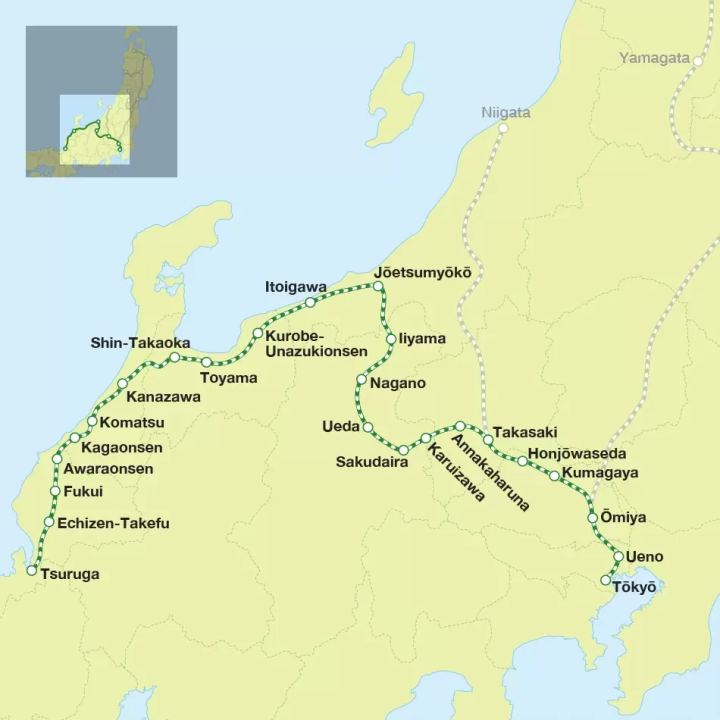
Picture of courtesy JR East
The Hokuriku Shinkansen is a high-speed railway that connects Tokyo to western Japan, passing through the Joetsu and Hokuriku regions.
Construction of the Hokuriku Shinkansen began in 1989 with the section from Takasaki Station to Karuizawa Station, and it opened from Takasaki Station to Nagano Station in 1997. Subsequently, the extension to Kanazawa Station was completed in 2015.
Furthermore, the section from Kanazawa Station to Tsuruga Station officially opened on March 16, 2024. This enabled direct service from Tokyo to Tsuruga in Fukui Prefecture.
Guide to the Hokuriku Shinkansen Route
Types of Hokuriku Shinkansen
11 Highlights Along the Hokuriku Shinkansen Line
1. Takasaki Station: Shorinzan Darumaji Temple
2. Karuizawa Station: Kumoba Pond and Hot Springs
3. Ueda Station: Ueda Castle
4. Nagano Station: Zenkoji Temple
5. Kurobe-Unazukionsen Station: Unazuki Onsen
6. Toyama Station: Toyama Castle
7. Shin-Takaoka Station: Takaoka Otogi no Mori Park
8. Kanazawa Station: Kenrokuen Garden
9. Kagaonsen Station: Kaga Onsen
10. Fukui Station: Fukui Prefectural Dinosaur Museum
11. Tsuruga Station: Kehi Jingu Shrine
JR Hokuriku Arch Pass and Other Cost-Effective Passes
*Previously, it was possible to travel directly from Osaka or Kyoto to Kanazawa Station via the limited express Thunderbird. However, it now requires a transfer at Tsuruga Station. The transfer time is approximately 8 minutes, which might feel a bit inconvenient for those carrying large luggage.
Types of Hokuriku Shinkansen
| Type of Train | Departure and Arrival Stations | Remarks |
| Asama | Tokyo to Nagano | |
| Hakutaka | Tokyo to Tsuruga | |
| Kagayaki | Tokyo to Tsuruga | Shortest time approximately 3 hours 8 minutes, all seats reserved |
| Tsurugi | Toyama/Kanazawa to Tsuruga |
11 Highlights Along the Hokuriku Shinkansen Line
The Hokuriku Shinkansen route has a total of 19 stations. In this section, we will introduce 11 selected stations along with recommended sightseeing spots in their vicinity.
1. Takasaki Station: Shorinzan Daruma-ji Temple
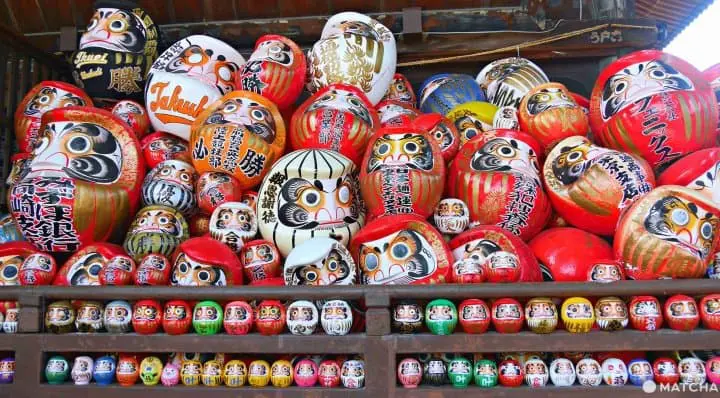
One of the specialties of Takasaki City is the Daruma (an auspicious round, red-and-white doll). Every year, many people visit the Takasaki Daruma Market, held on January 1st and 2nd, to purchase Daruma dolls.
Located in the city is Shorinzan Daruma-ji Temple, which is famous as the "Daruma Temple." The temple grounds are lined with various sizes of wish-granting Daruma dolls.
Even the police come here to pray. It takes just an hour and a half to reach the temple from Tokyo using the Shinkansen and a bus. This means visitors are allotted plenty of time to soak in a lot of luck and fortune.
2. Karuizawa Station: Karuizawa Outlet/ Kumoba Pond
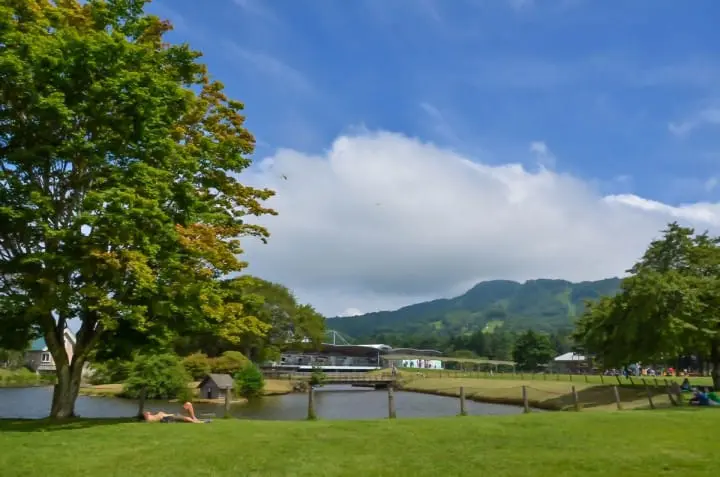
The Karuizawa Prince Shopping Plaza is one of the largest outlet malls in Japan.
It boasts a wide variety of luxury brands and fashion items. You'll also find everyday goods, outdoor equipment, children's products, and unique souvenirs specific to Karuizawa, ensuring you can purchase about anything you need. Additionally, there is a diverse range of restaurants where you can enjoy various gourmet experiences.

In addition to shopping, be sure to enjoy the natural beauty of Karuizawa. During the summer, it serves as a cool retreat surrounded by greenery. Then in autumn, it transforms into a popular tourist destination where you can see fall foliage earlier than in urban areas.
Particularly, Kumoba Pond, located near the station, features stunning seasonal landscapes reflected on its serene waters. It is a favored spot among visitors. Moreover, the area around Karuizawa is home to many unique churches, and the streets exude a charming European atmosphere.
Hotels near Karuizawa Prince Shopping Plaza
3. Ueda Station: Ueda Castle
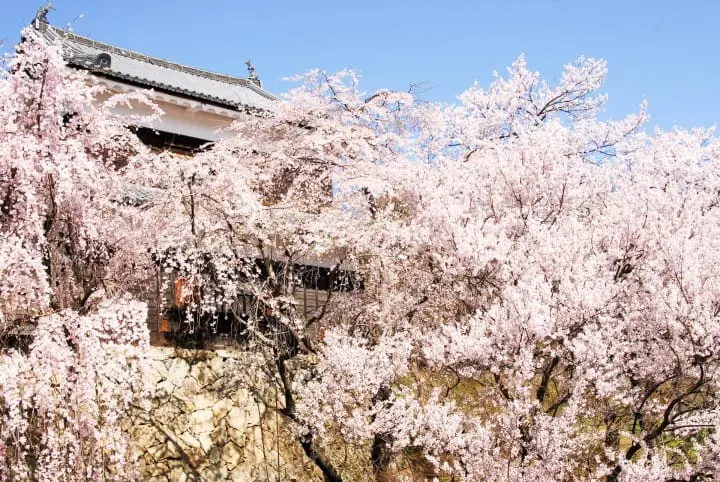
Photo by Pixta
Ueda Castle was the residence of the prominent Sanada clan during the Sengoku period. Although it's a flat castle, it earned the reputation of being impregnable by successfully repelling the Tokugawa forces twice.
Since the Meiji era, many buildings have been moved or destroyed. However, the grounds of the former Ninomaru have been developed into Ueda Castle Ruins Park, where over a thousand cherry trees have been planted.
Famous as a cherry blossom viewing spot, the park is illuminated at night during the cherry blossom season. This night view has even been certified as a "Japan Night View Heritage." For the best experience of admiring these full-bloom cherry blossoms, we recommend taking the Hokuriku Shinkansen directly to Ueda!
Hotels near Ueda Castle Ruins Park
4. Nagano Station: Zenko-ji Temple
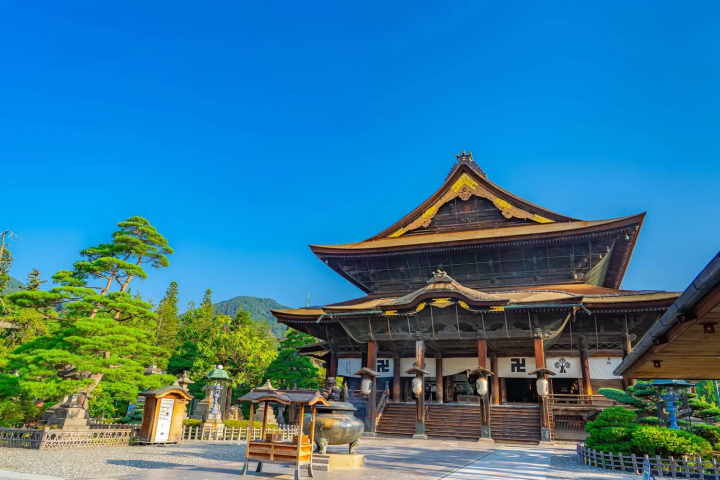
Picture of courtesy Pixta
Nagano's Zenko-ji Temple is home to Japan's oldest statue of the Amida Buddha, called the "Ikko Sanzon Amida Nyorai."
This sacred relic was once believed to never be revealed to the public. However, in recent years, it has been displayed every seven years. Often referred to as a destination that Japanese people should visit "at least once in their lifetime," Zenko-ji has historically attracted many feudal lords during the Sengoku period.
When visiting Zenko-ji, make sure to experience the "Okaidan Meguri" inside the main hall. In this dark passage, you will navigate by touch. If you manage to touch the "key," it is said that you will gain access to the Pure Land of Ultimate Bliss.
Hotels near Zenko-ji Temple
5. Kurobe-Unazukionsen Station: Unazuki Onsen

Picture courtesy of Unazuki Onsen Ryokan Association
Unazuki Onsen is a hot spring resort that developed due to the hydroelectric power development along the Kurobe River. It has a history spanning over 100 years. The spring water is highly transparent and warm, with a mildly alkaline quality that is gentle on the skin, known as "beauty water."
From Kurobe-Unazukionsen Station on the Shinkansen, you can transfer to the Kurobe Gorge Railway's trolley train, arriving at Unazuki Onsen in just 25 minutes. During the fall, the mountains are adorned in vibrant red colors, creating a stunning contrast with the green Unazuki Lake.
In addition to enjoying the hot springs and the beautiful scenery, it is recommended to taste locally brewed beer made with pristine water at the Unazuki Beer Hall.
6. Toyama Station: Toyama Castle

Picture of courtesy ©︎JNTO
Toyama Castle was the residence of the famous warlord Sasa Narimasa and the Maeda clan, who were the lords of the Toyama domain. Because the river played a defensive role for the castle, it was also known as the "Floating Castle."
After the abolition of the han system and the establishment of prefectures during the Meiji era, the castle was dismantled along with many of its buildings destroyed.
However, the Chitose Gomon Main Gate remains the only surviving structure, although it was built after a great fire in 1855. Today, it has been developed into Toyama Castle Ruins Park, serving as a place for relaxation for the local community.
Hotels near Toyama Castle Park
7. Shin-Takaoka Station: Takaoka Otogi no Mori Park
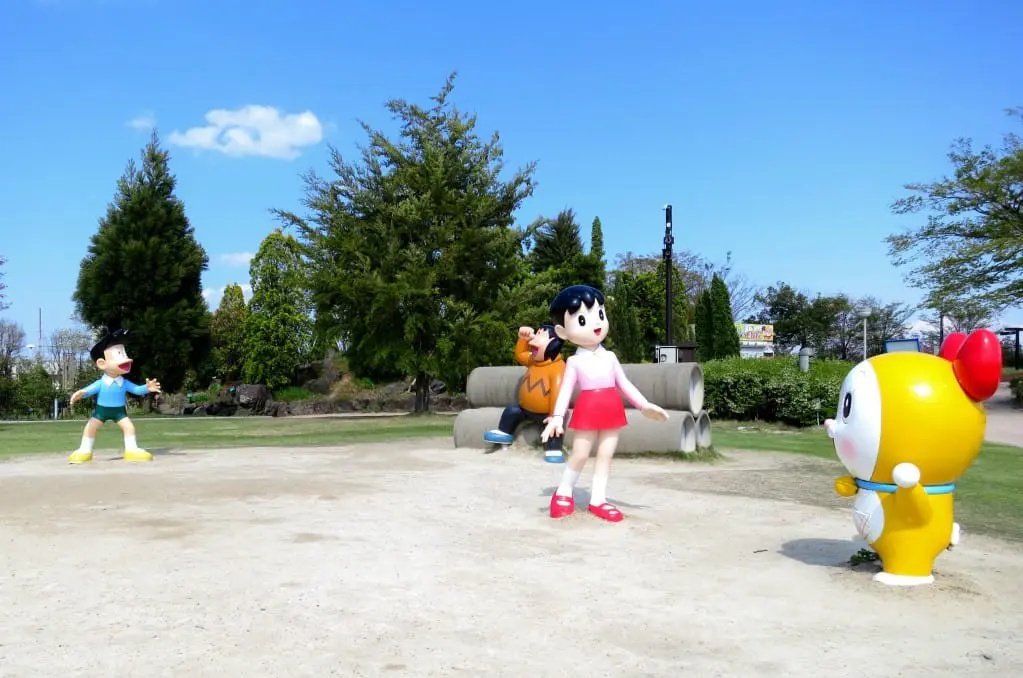
Takaoka City is known as the hometown of Fujiko F. Fujio, the creator of the popular manga "Doraemon." This is why you can find Doraemon figures throughout the city.
Just a 15-minute walk from Shin-Takaoka Station on the Hokuriku Shinkansen, Takaoka Otogi no Mori Park features a recreation of the vacant lot where Nobita and his friends often played, along with statues of the characters. It's a must-visit spot for manga fans!
Additionally, if you're lucky, you might encounter the Doraemon train running through the city!
Hotels near Takaoka Otogi no Mori Park
8. Kanazawa Station: Kenrokuen Garden/ Omicho Market
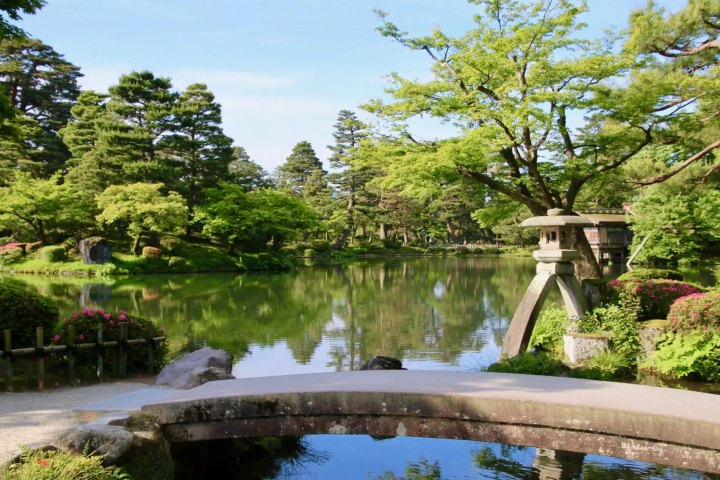
Picture of courtesy Pixta
Kenrokuen is one of Japan's "Three Great Gardens," alongside Kairakuen in Mito, Ibaraki Prefecture, and Korakuen in Okayama Prefecture. It is a signature sightseeing spot in Kanazawa.
The garden began with the construction of a hut by the 5th lord of the Kaga Domain, Maeda Tsunanori, around his villa. Over time, it underwent renovations with the succession of lords. During the time of the 13th lord, Maeda Narinori, it took on a form closer to its present scale.
Kenrokuen was opened to the public in 1874 and will celebrate its 151st anniversary in 2025. Adjacent to it, Kanazawa Castle also holds significant historical value, making it highly recommended to visit both sites.
Hotels near Kenrokuen
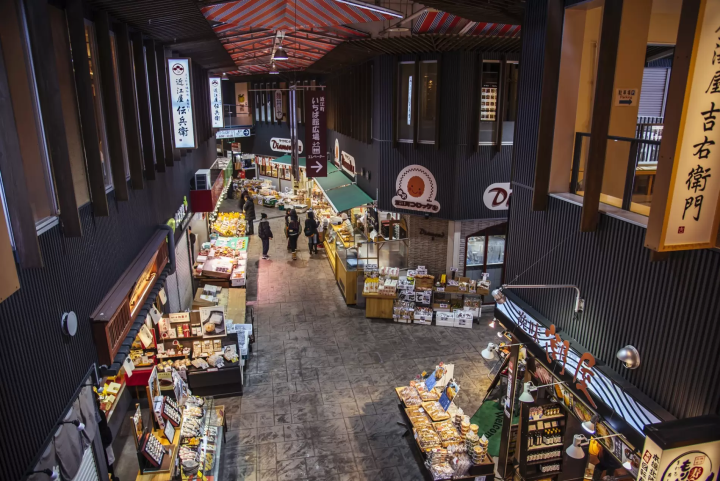
Picture of Courtesy Pixta
Omicho Market is known as the "kitchen" of Kanazawa City, offering a wide variety of fresh seafood and Kaga vegetables. There are many shops serving sushi and seafood bowls. It is an essential spot for anyone looking to enjoy fresh seafood from the Sea of Japan.
Hotels near Omicho Market
Read also
9. Kagaonsen Station: Kaga Onsen

Kosoyu Public Bathhouse photo by Pixta
Kaga Onsen consists of four distinct hot spring towns: Yamanaka, Yamashiro, Katayamazu, and Awazu, each offering unique charms. Yamanaka Onsen and Yamashiro Onsen are said to have a history spanning over 1300 years. Moreover, at Yamashiro Onsen, the Meiji-era building known as Kosoyu has been restored.
On the other hand, Katayamazu Onsen offers a distant view of Mount Haku. It’s a great opportunity to explore the various attractions of these regions, so consider visiting to experience their unique offerings.
Hotels near Yamashiro Onsen Kosoyu
10. Fukui Station: Fukui Prefectural Dinosaur Museum
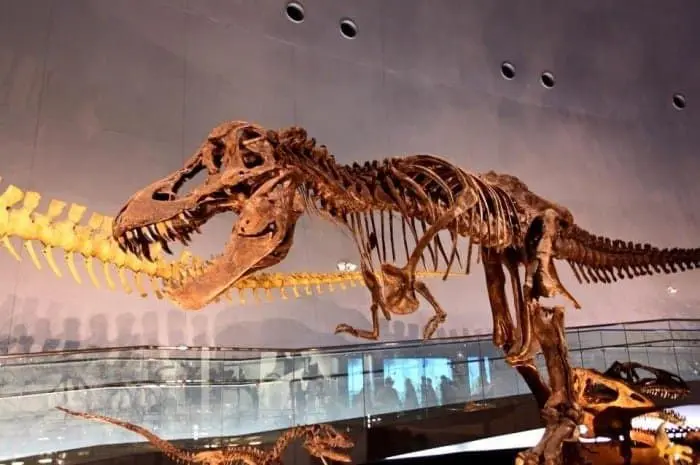
Fukui Prefecture is strongly associated with dinosaurs due to the discovery of dinosaur fossils in the area. Upon arriving at Fukui Station, you will immediately notice many dinosaur-themed elements. The recently renovated Fukui Prefectural Dinosaur Museum features a new wing characterized by an egg-shaped dome.
Inside the museum, you can see five types of dinosaurs discovered in Fukui Prefecture displayed in the "Dinosaur Tower." It offers an impressive sight. The museum also includes a dinosaur library and a fossil experience workshop, making it a fantastic destination for archaeology enthusiasts.
Read also
11. Tsuruga Station: Kehi Jingu Shrine
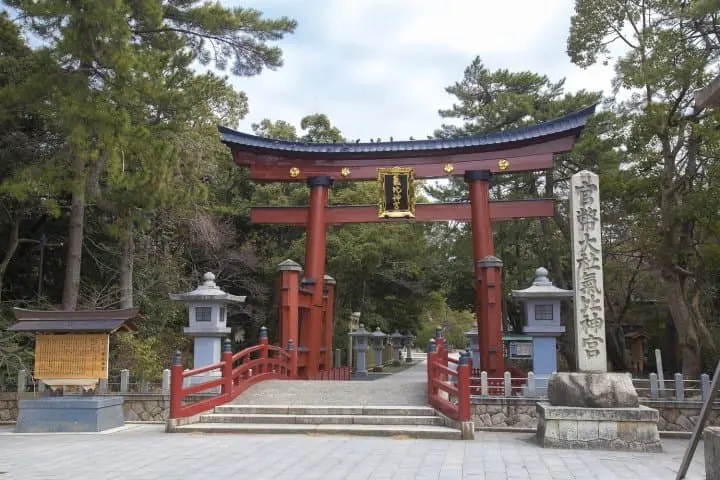
Picture courtesy of Fukui Prefectural Tourism Association
Kehi Jingu Shrine is known as the main shrine of the Hokuriku region, believed to have been founded in 702. It is held in deep reverence by the locals and has historically attracted many scholars and calligraphers.
The shrine's large torii gate, standing 11 meters high, is recognized as one of Japan's three great wooden torii gates. This is alongside those at Kasuga Taisha in Nara and Itsukushima Shrine in Hiroshima. Within the shrine grounds, the Chomei Water is particularly famous. There is a legend that drinking this water will keep you healthy for a year.
Nearby Tsuruga Port, two red brick warehouses are among the notable red brick structures in Fukui Prefecture. Designed by a foreign engineer in 1905 as oil storage facilities, they were used until recently for storing kelp. However, in 2015, these were renovated into an educational facility displaying the history of Tsuruga.
Additionally, Tsuruga has a history of accepting Polish orphans and Jewish refugees. You can find related documents displayed at the nearby Port of Humanity Tsuruga Museum. It’s recommended to visit these sites together for a deeper understanding of the area's history.
Hotels near Kehi Shrine
Read also
Hokuriku Shinkansen Discount Tickets
The JAPAN RAIL PASS, which allows for unlimited travel on the Hokuriku Shinkansen within the valid area, is available for international visitors. Here’s a list of the available passes:
| Pass Options | Remarks |
| JR Takayama-Hokuriku Area Pass | Reserved seats available |
| JR Hokuriku Area Pass | Free seating availability. *For reserved seats, an additional limited express ticket purchase is required. |
| JR Hokuriku Arch Pass | Reserved seating available |
| JR Kansai-Hokuriku Area Pass | Reserved seating available |
JR Takayama-Hokuriku Area Pass
The Takayama-Hokuriku Area Pass is a convenient 5-day travel ticket jointly issued by JR Central and JR West.
With this pass, you can enjoy unlimited travel on the JR lines, free seating on the Hokuriku Shinkansen within the valid area, and the Nohi Bus, among other transportation options. It also allows for rides on the express train "Haruka."
However, please note that this pass does not cover the Tokaido Shinkansen between Kyoto and Shin-Osaka. It also does not include the Meitetsu line from Nagoya to Chubu Centrair International Airport. Be sure to keep this in mind when planning your travels!
JR Hokuriku Area Pass
The Hokuriku Area Pass allows travelers to have free seating on the Hokuriku Shinkansen and limited express trains within the valid area.
If you wish to use trains that require reserved seating, you will need to book your seats in advance. Additionally, while JR West buses included in this pass cover local route buses, they do not include express buses. Please keep this in mind.
JR Hokuriku Arch Pass
The JR Hokuriku Arch Pass provides extensive coverage across the Keihan, Tokyo, and Hokuriku regions. Within the valid area, travelers can freely use reserved seating on the Hokuriku Shinkansen, JR lines, and the Tokyo Monorail.
This pass also includes the "Narita Express" for travel from Narita Airport and Haneda Airport to the city, as well as the express "Haruka" to the Keihan area from Kansai Airport. However, please note that the Tokaido Shinkansen and Sanyo Shinkansen are not included in this pass.
JR Kansai-Hokuriku Area Pass
The Kansai-Hokuriku Area Pass allows for unlimited rides within the valid area on reserved seats for the Sanyo Shinkansen, Hokuriku Shinkansen, and limited express trains.
This pass also includes the "Haruka" limited express, which connects Kansai Airport to the city. This makes it a convenient option for immediate use upon arrival. Whether you are traveling to explore the Kansai region or heading towards Hokuriku, this pass offers great flexibility and coverage for your journey.
Read also
Explore Kanazawa and Other Destinations in Hokuriku
In March 2024, the Hokuriku Shinkansen extended to Tsuruga, making the previously difficult-to-access Fukui area much more tourist-friendly.
However, there are numerous attractive spots around other stations as well. Be sure to plan your trip carefully to enjoy all that the Hokuriku region has to offer.
The next time you visit Japan, consider utilizing convenient discount tickets to explore the sightseeing destinations along the Hokuriku Shinkansen line!
Read also
I used to live in Japan and managed to conquer 78 out of the 100 famous castles and 12 existing castle towers in 8 years. As a history enthusiast, I also have a passion for baseball and Japanese dramas, which have driven me to visit all 47 prefectures. I hope to convey not only the scenery of Japan but also more of its culture and way of life.





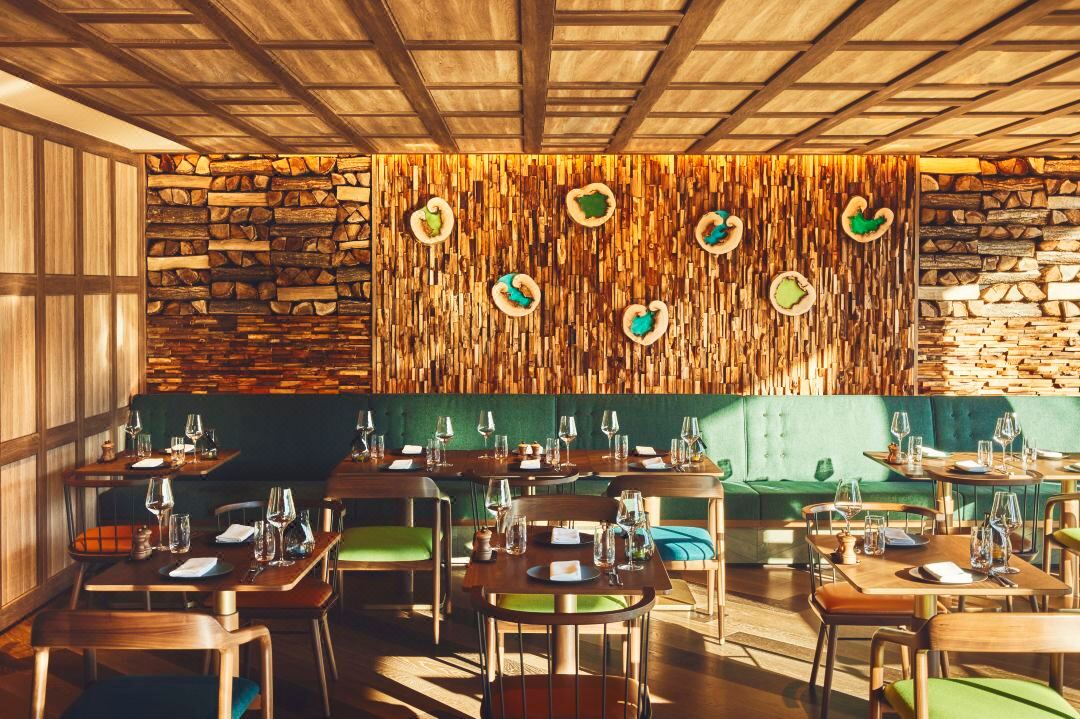


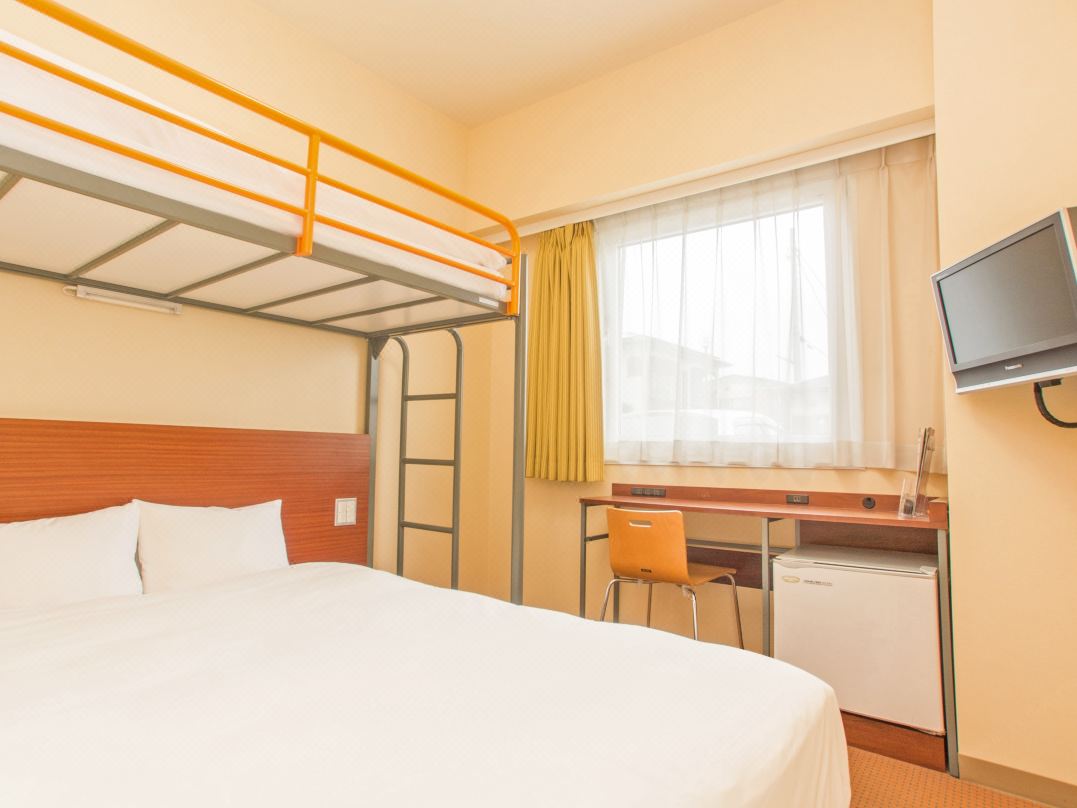


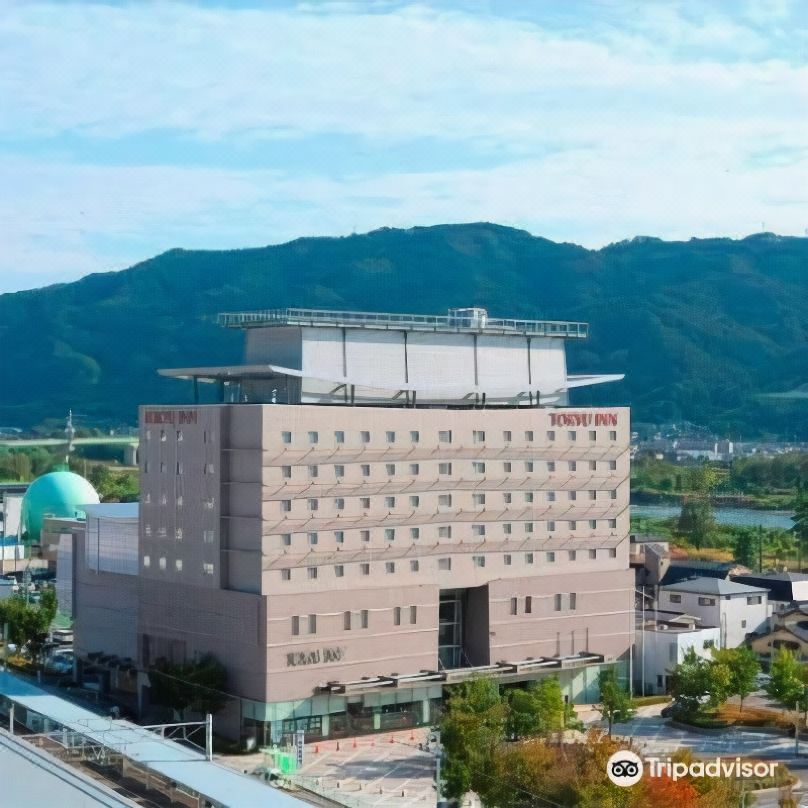
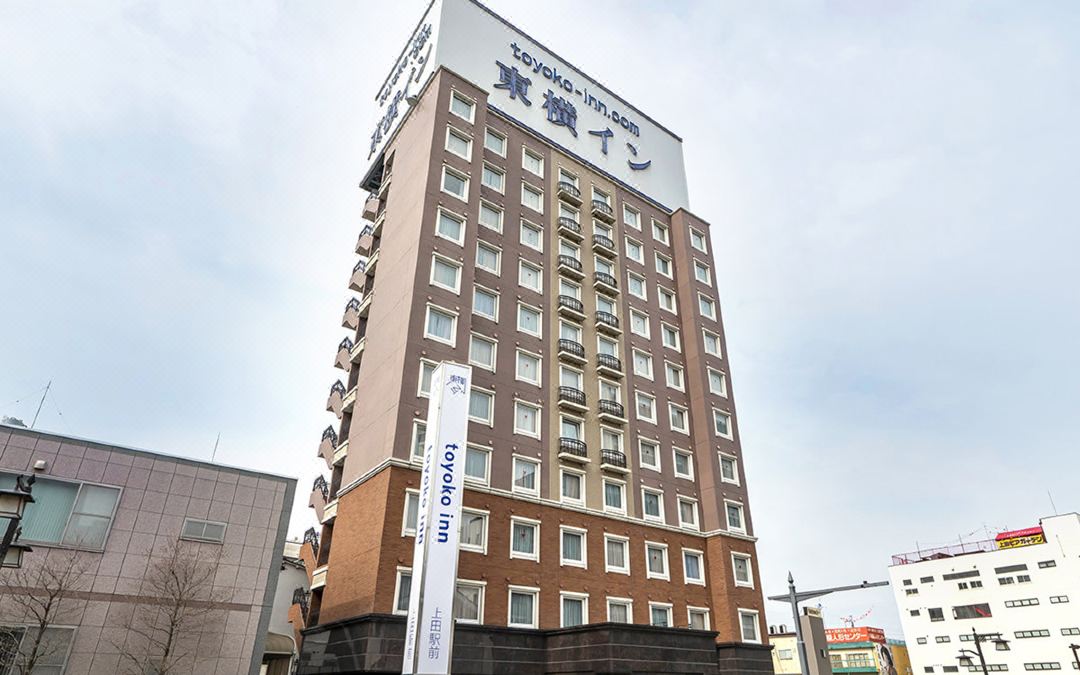
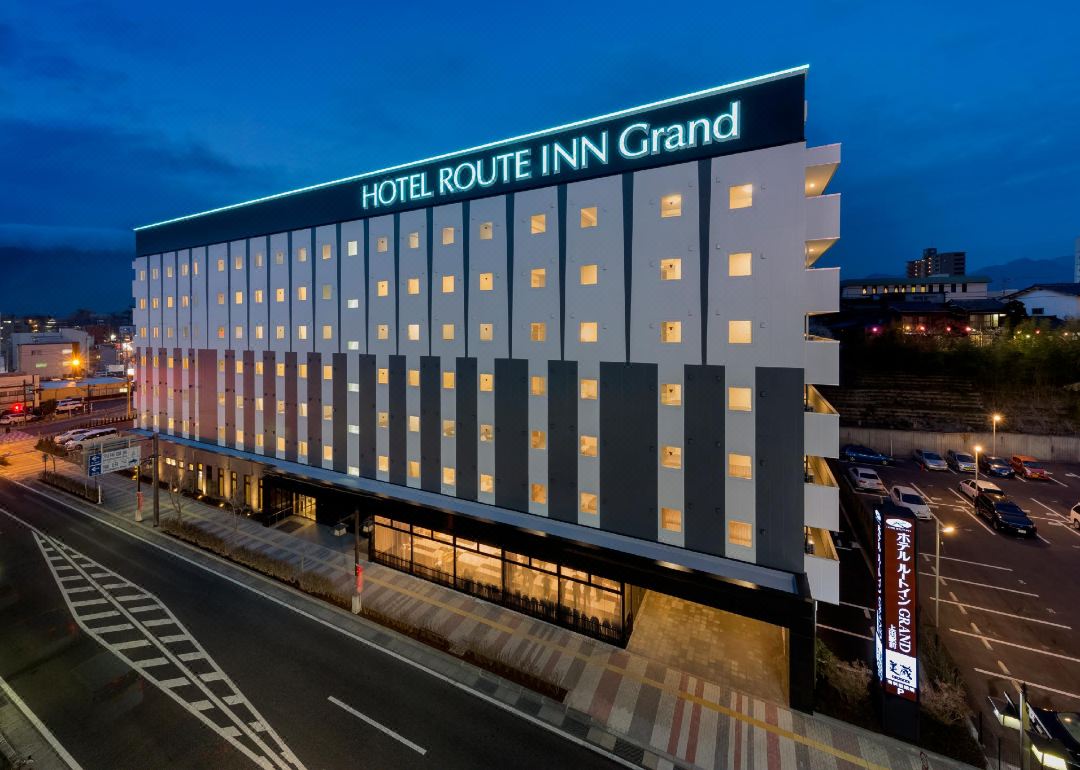

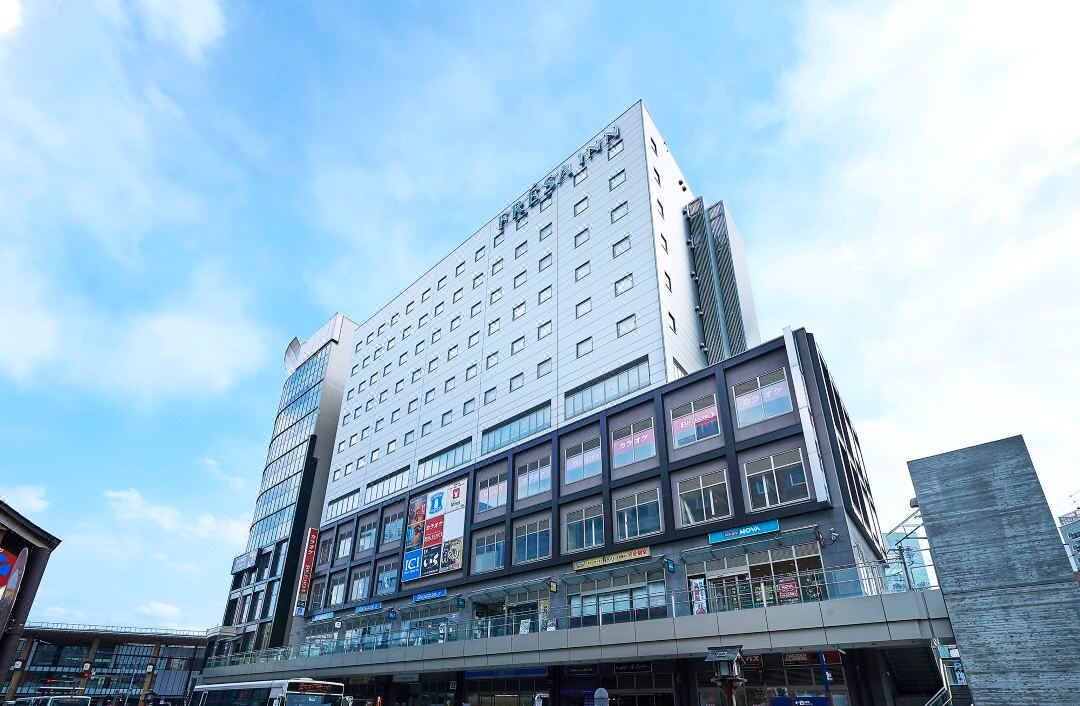
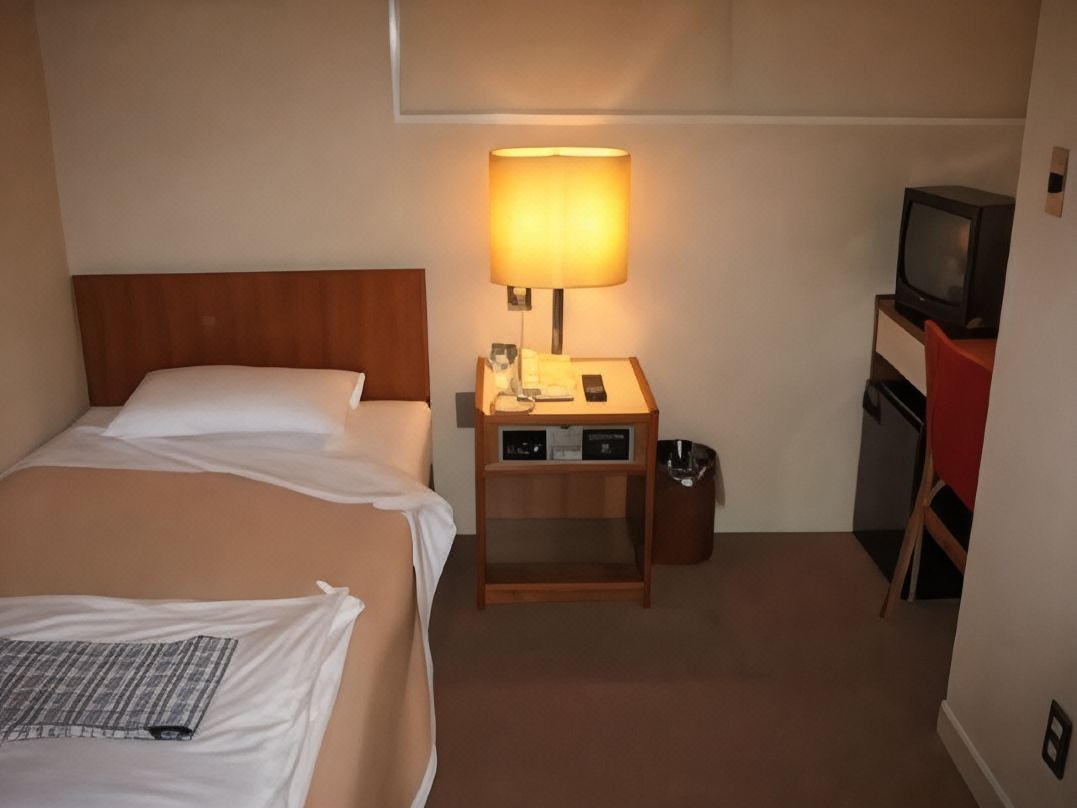
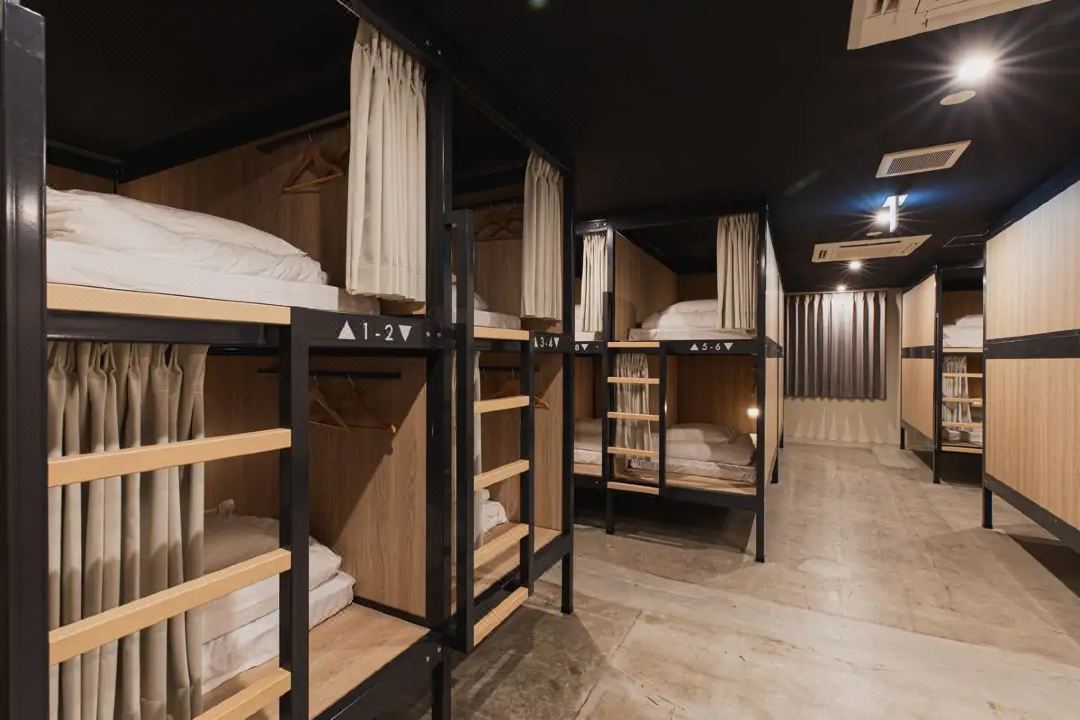




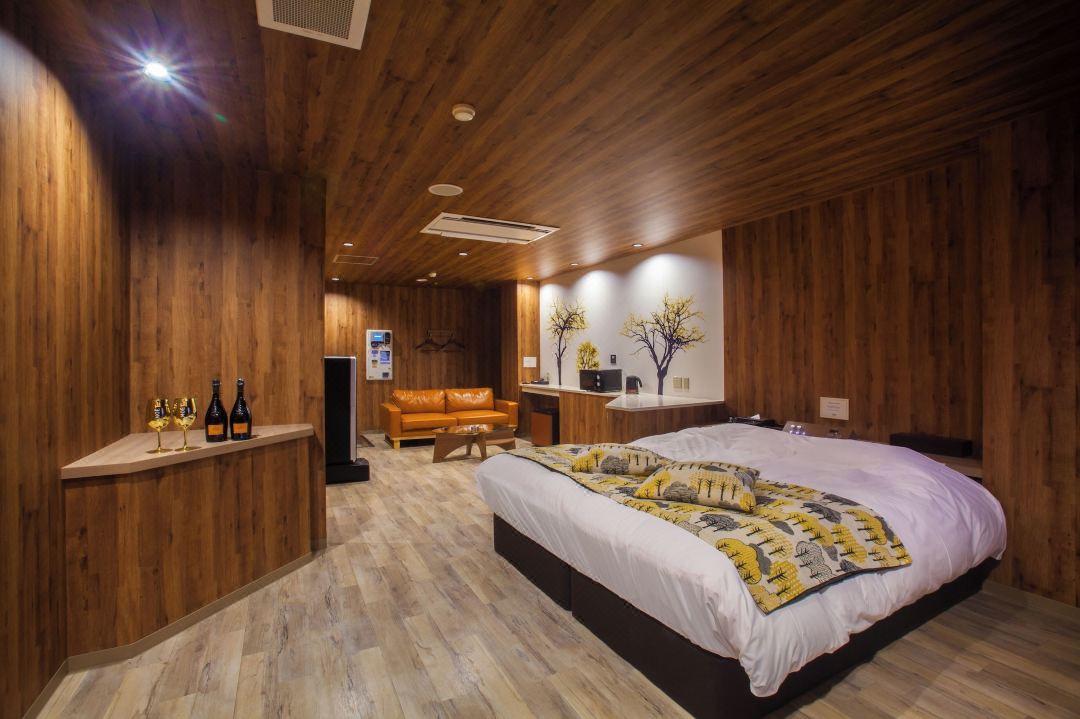
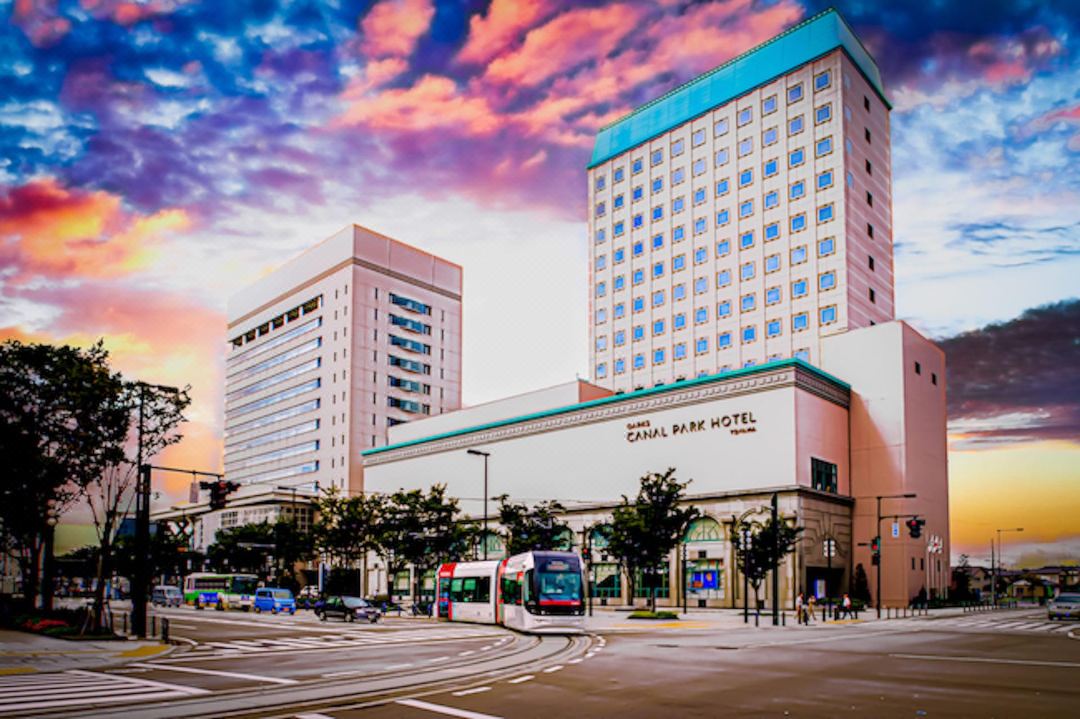



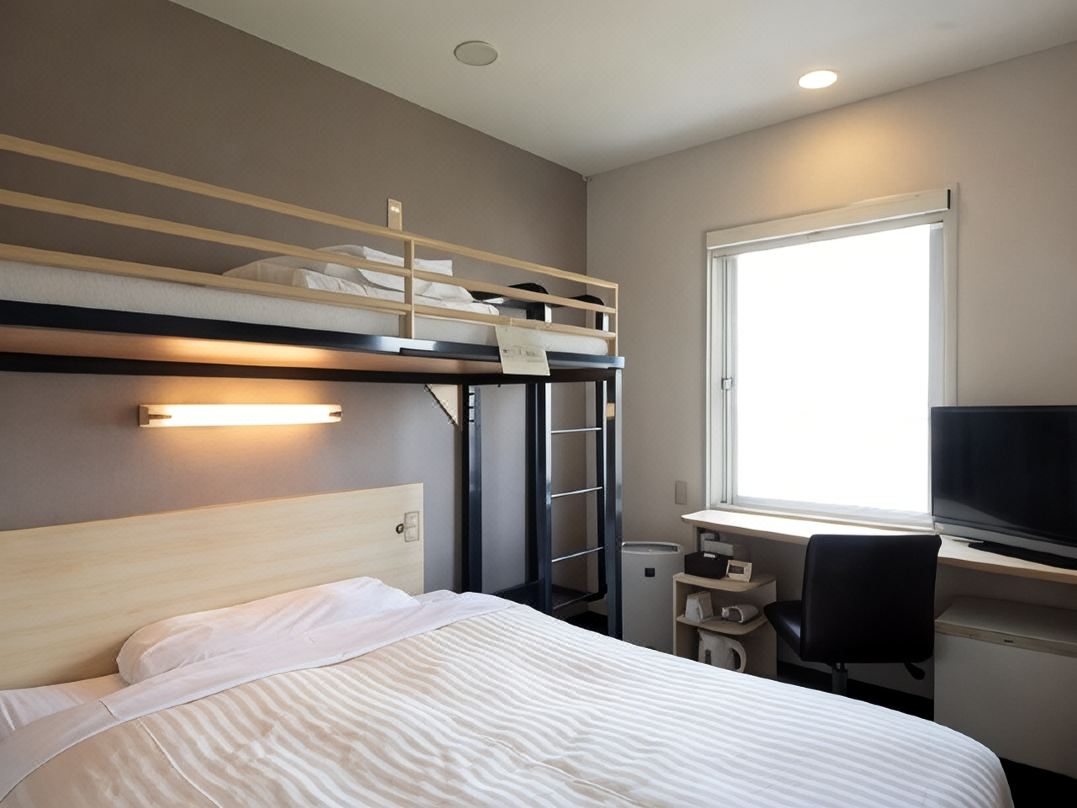
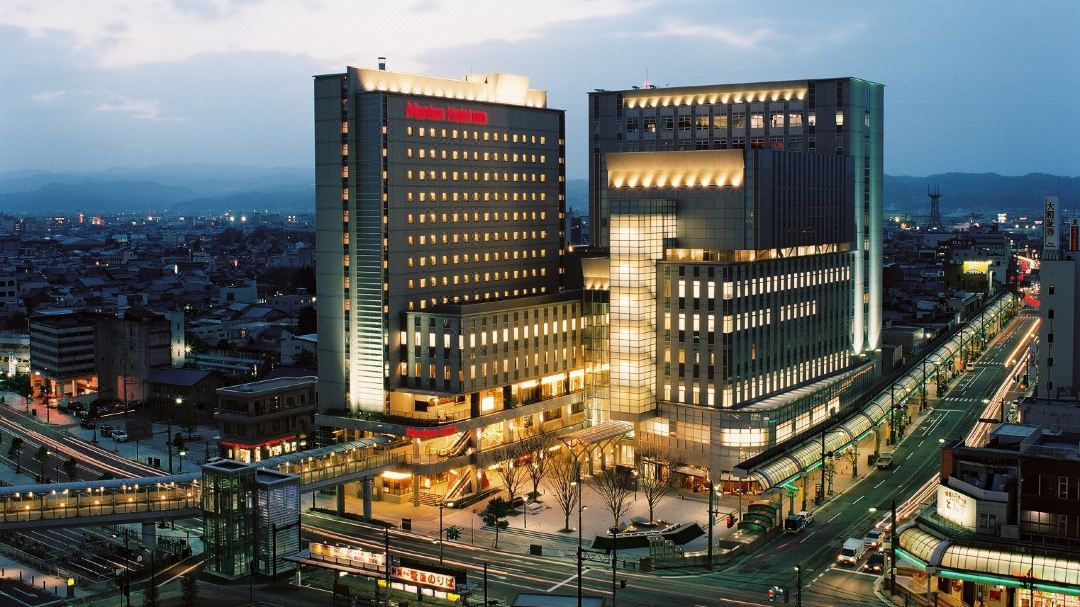
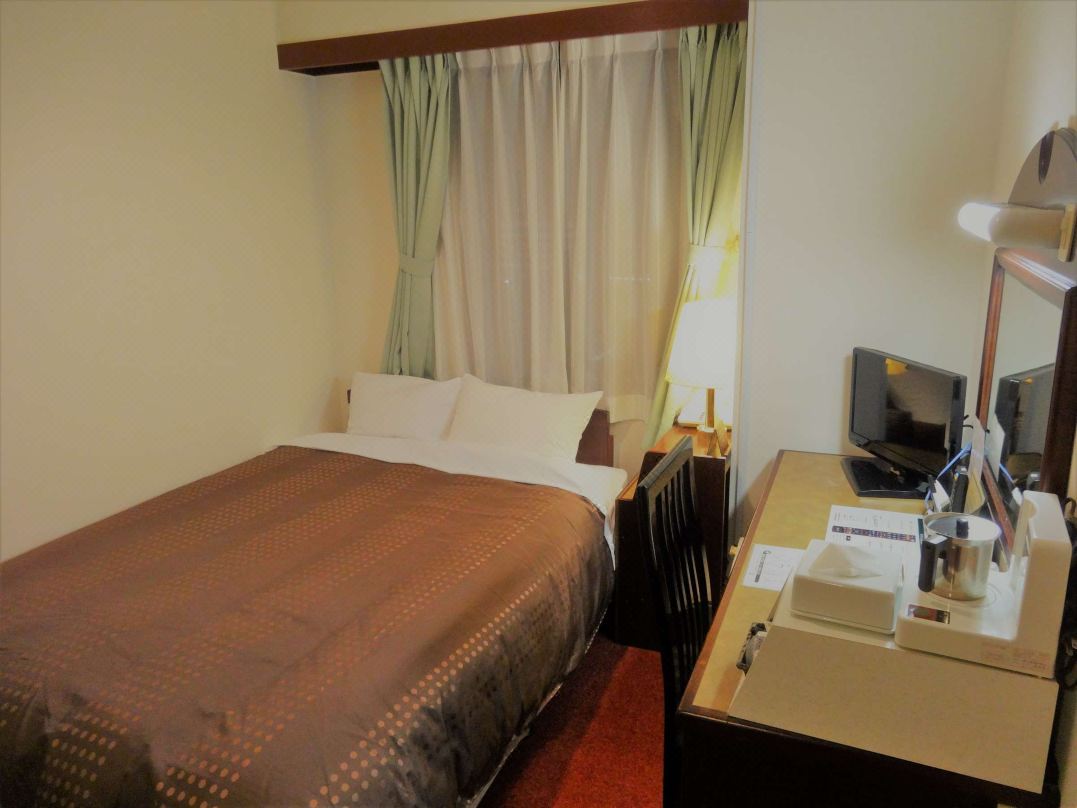


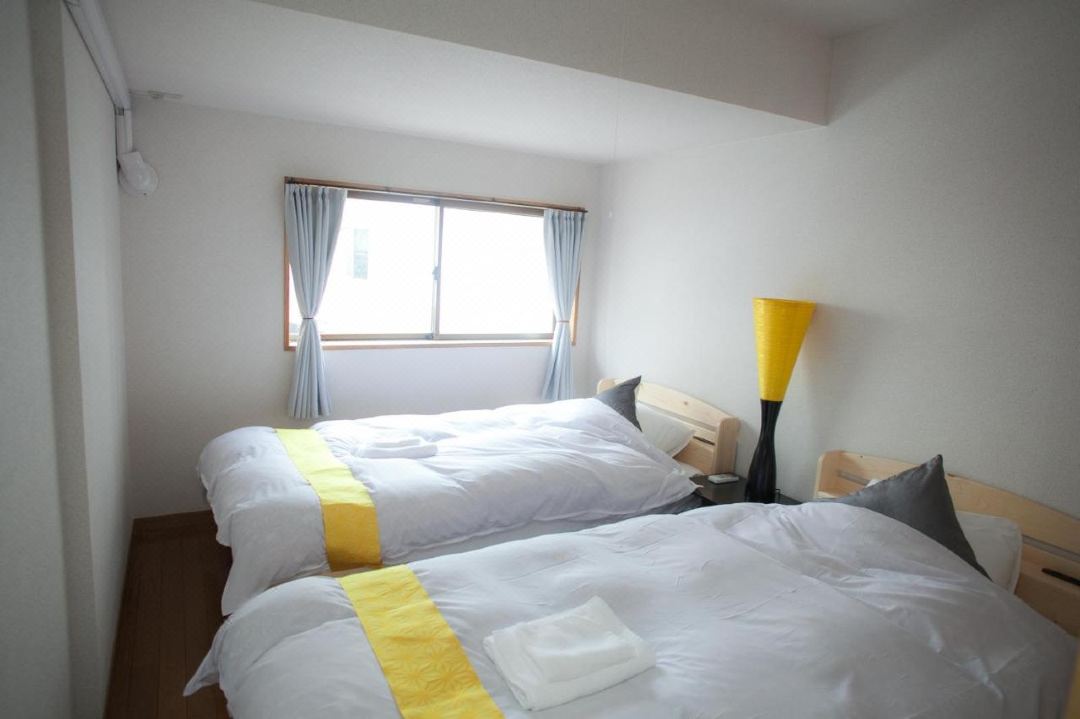
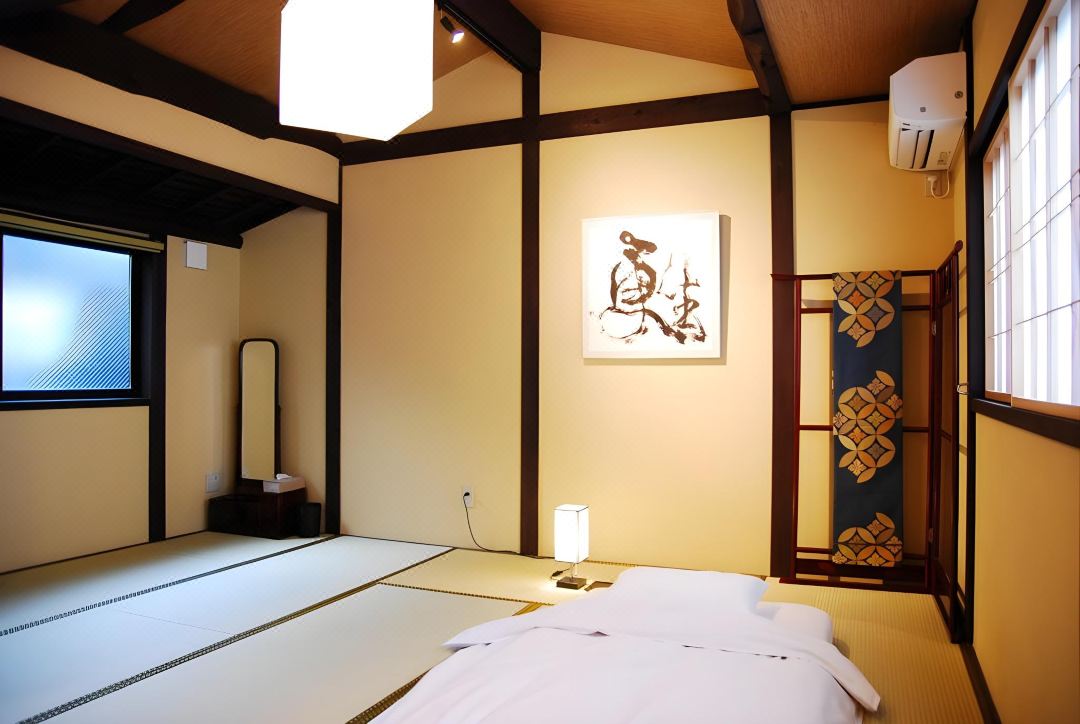
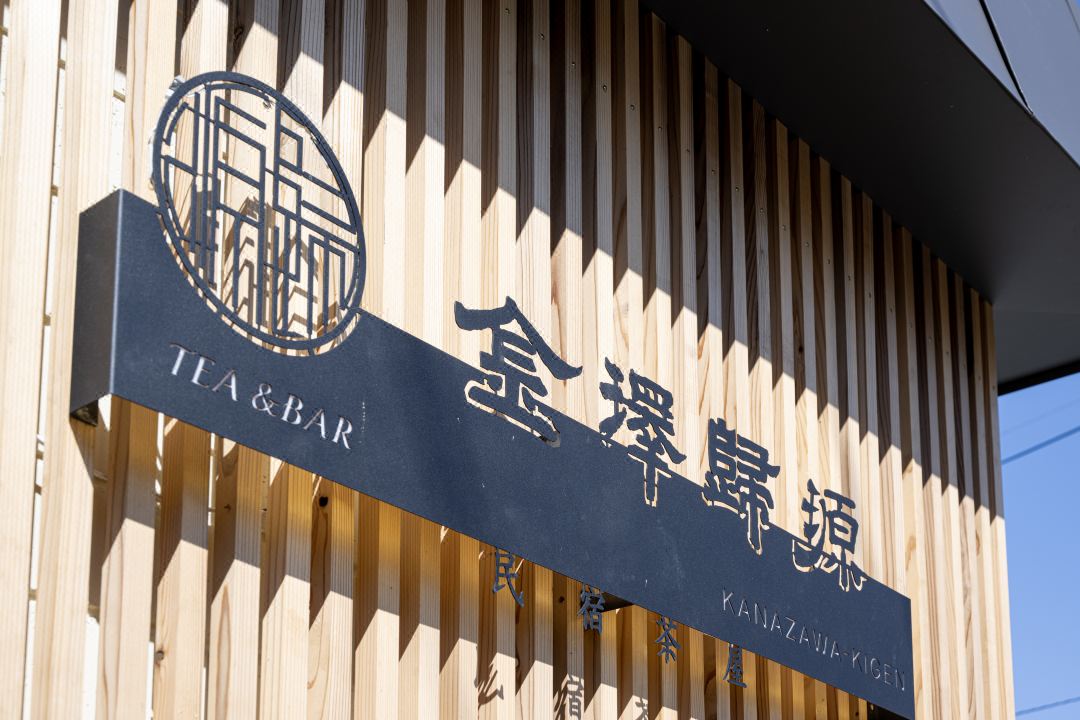




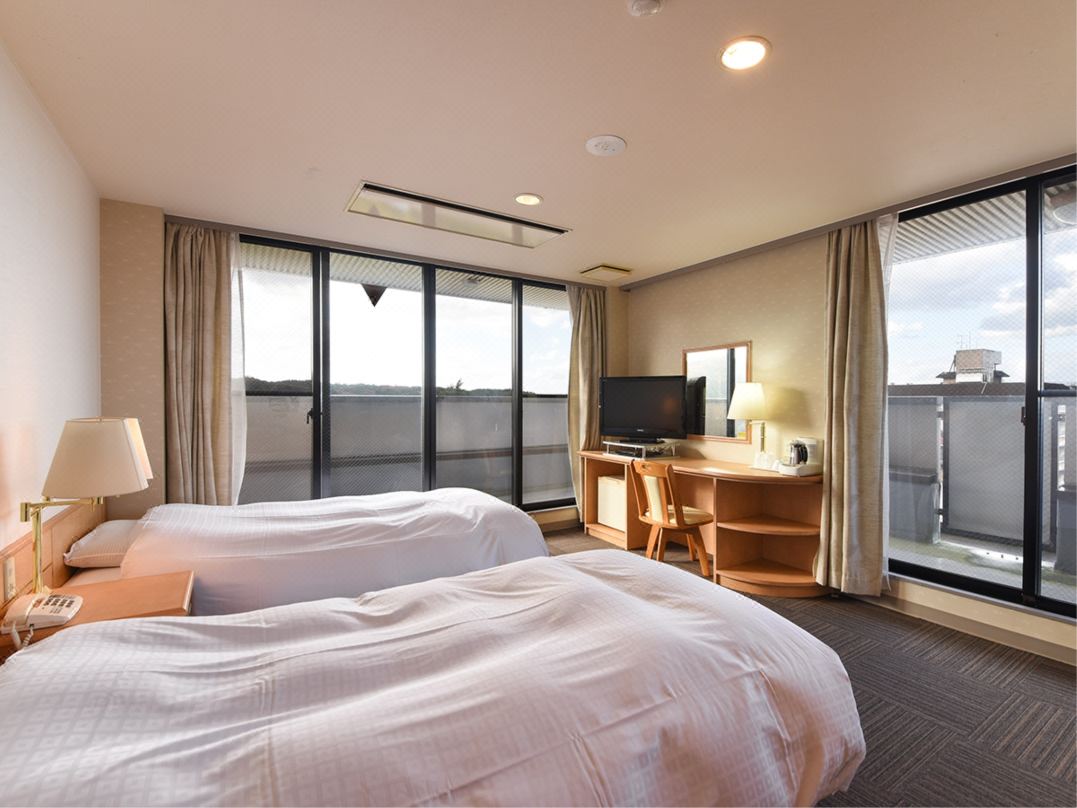
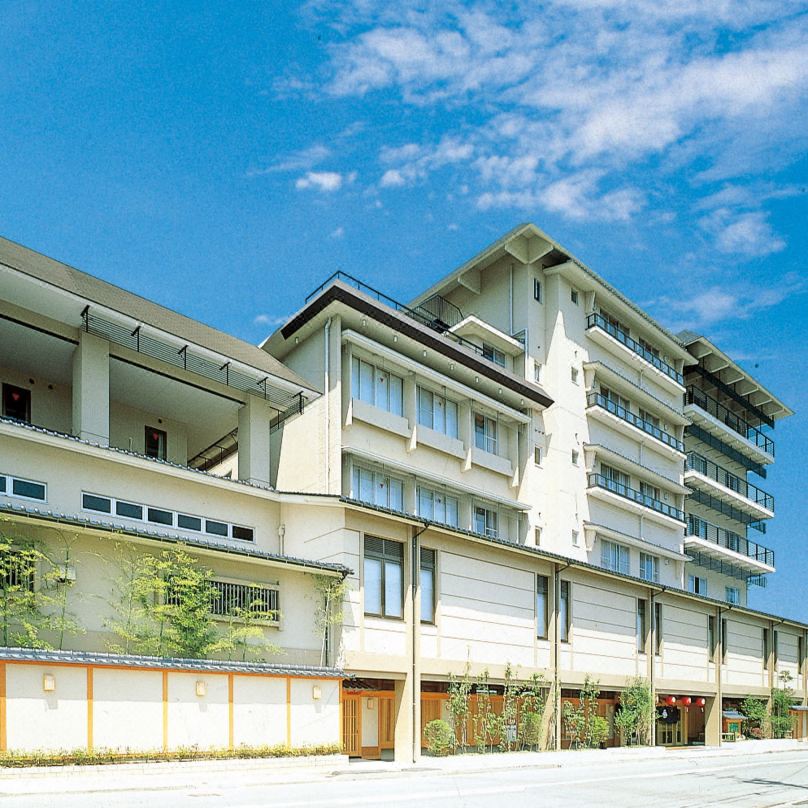






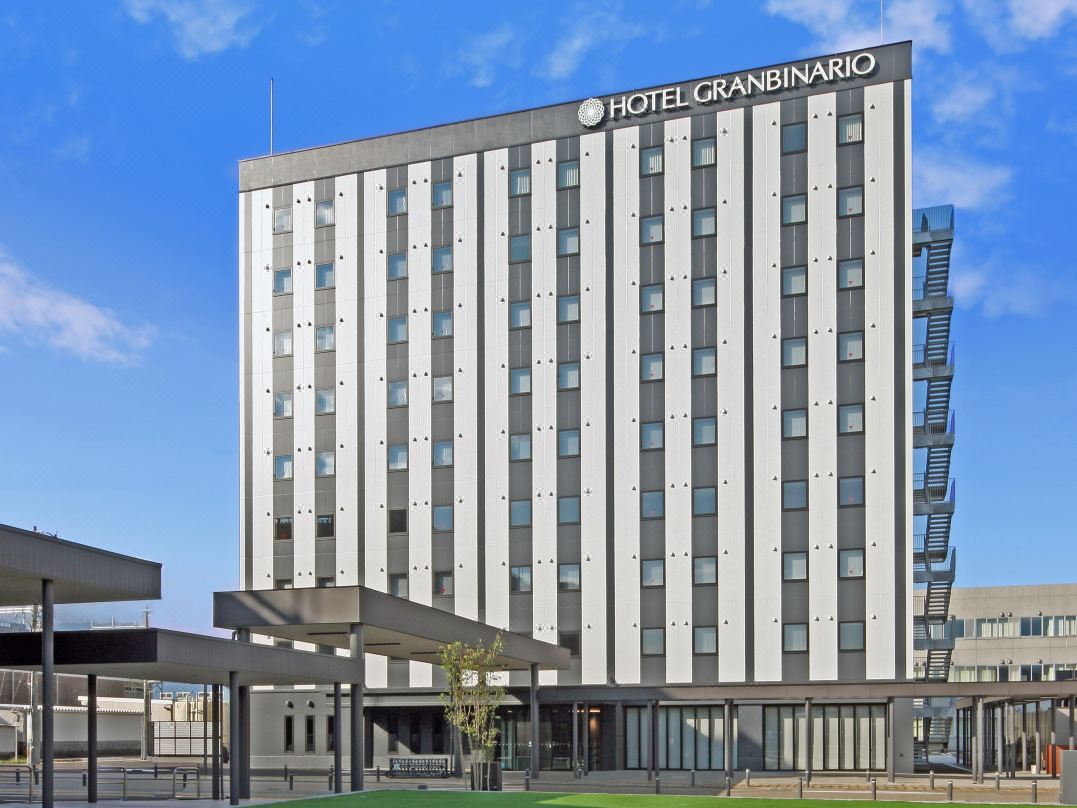
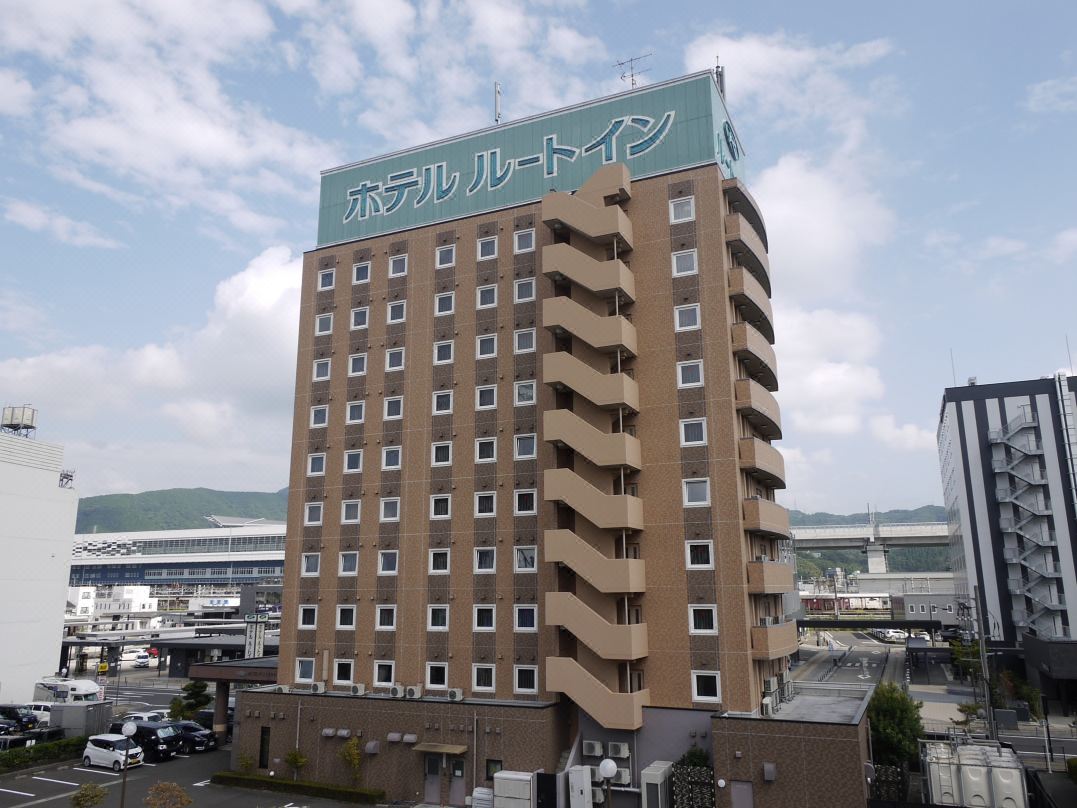
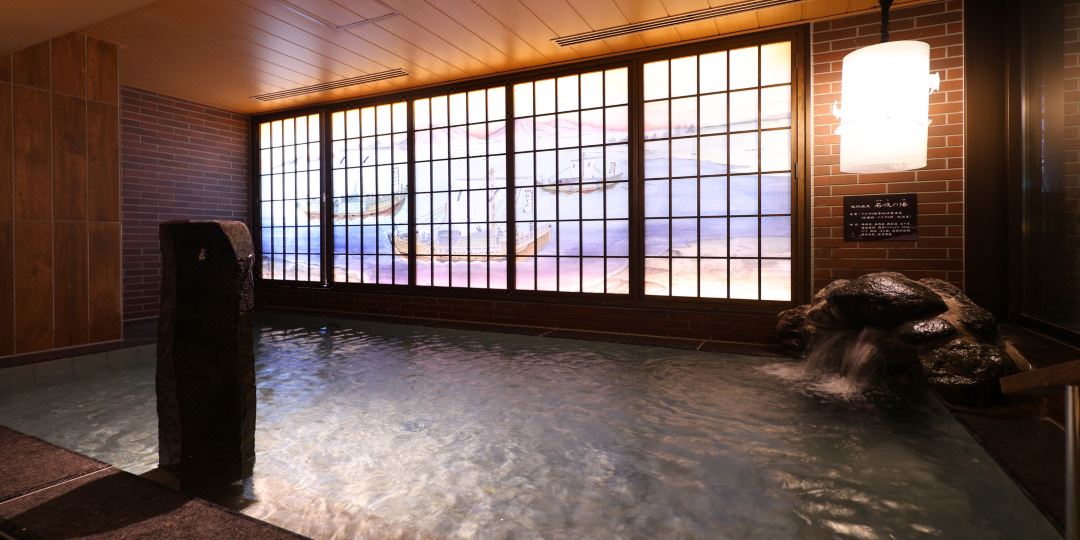





















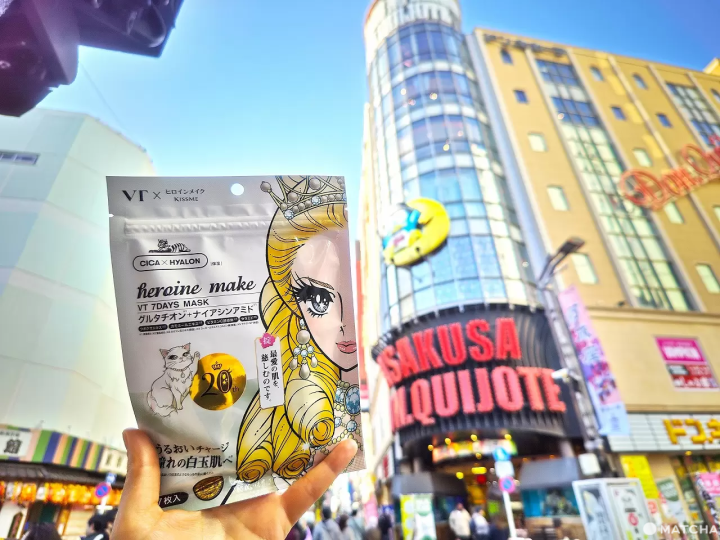
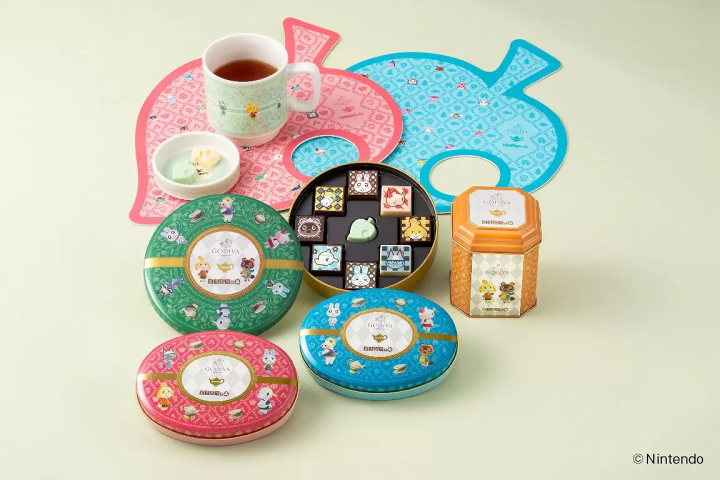
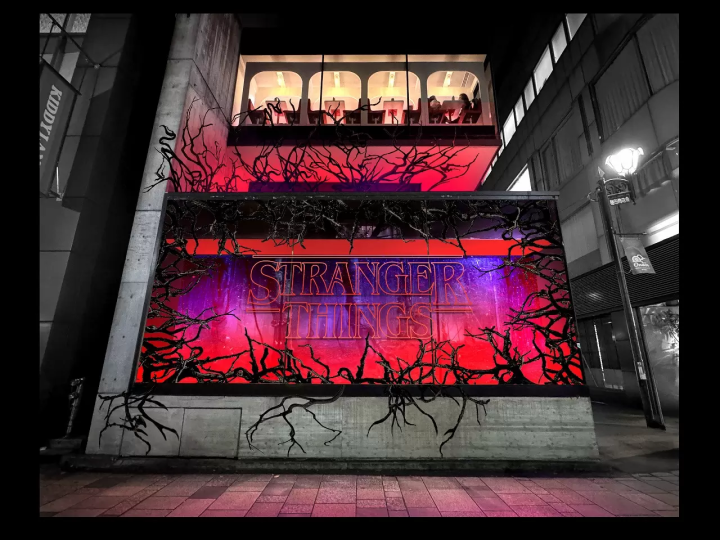
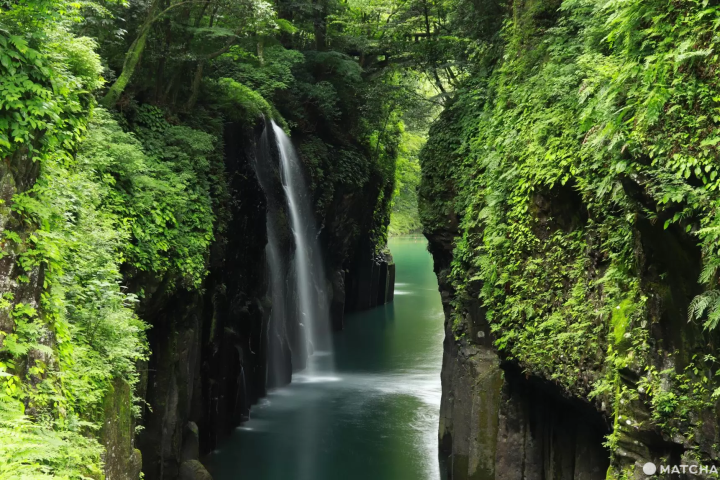







![[Wakayama Guide] Ume and Umeshu (Plum and Plum Wine)](https://resources.matcha-jp.com/resize/720x2000/2025/12/08-252248.webp)
![[2025 Update] From Kansai Airport to Namba - Recommended for travelers with large luggage! Travel comfortably by bus](https://resources.matcha-jp.com/resize/720x2000/2025/10/25-248088.webp)